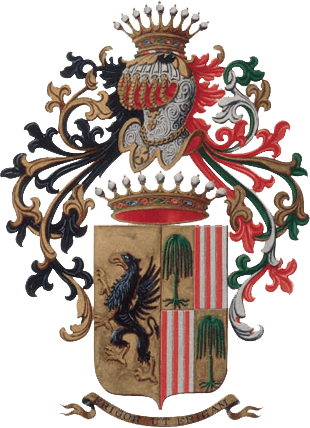Providing a fascinatingly different way to travel since 1889
Rhaetian Railway
The Rhaetian Railway has been part of the Swiss canton of Graubünden since 1889. It is now impossible to imagine this region – one of the most beautiful in Switzerland – without its world-famous railway. Harmoniously embedded in the natural landscape, the rail lines and engineering structures all add to the charm of the Swiss canton of Graubünden.
In 1888, railway pioneers from the Graubünden area brought to fruition their idea of building a mountain railway. Back then, thanks to the initiative of Dutchman Willem-Jan Holsboer, they founded the Schmalspurbahn Landquart–Davos AG, a narrow-gauge railway company. The ground-breaking ceremony took place that same year, and the Landquart – Klosters railway line opened in 1889. The first steam trains began plying the route from Landquart to Davos in 1890. Lines to St. Moritz, Disentis and Scuol-Tarasp followed later. The mergers with the Arosa and Bernina railway companies expanded the Rhaetian Railway's network of lines.
A mere quarter of a century later, the entire Rhaetian Railway rail network was nearing completion. In 1999 the Vereina Tunnel was opened as the last extension to the network. While Rhaetian Railway has continued to develop, it has remained true to the spirit of those early years in one thing: it links the most beautiful locations in the mountain regions through fascinating railway lines. In 2008, UNESCO added the Albula and Bernina lines to its World Heritage List.
